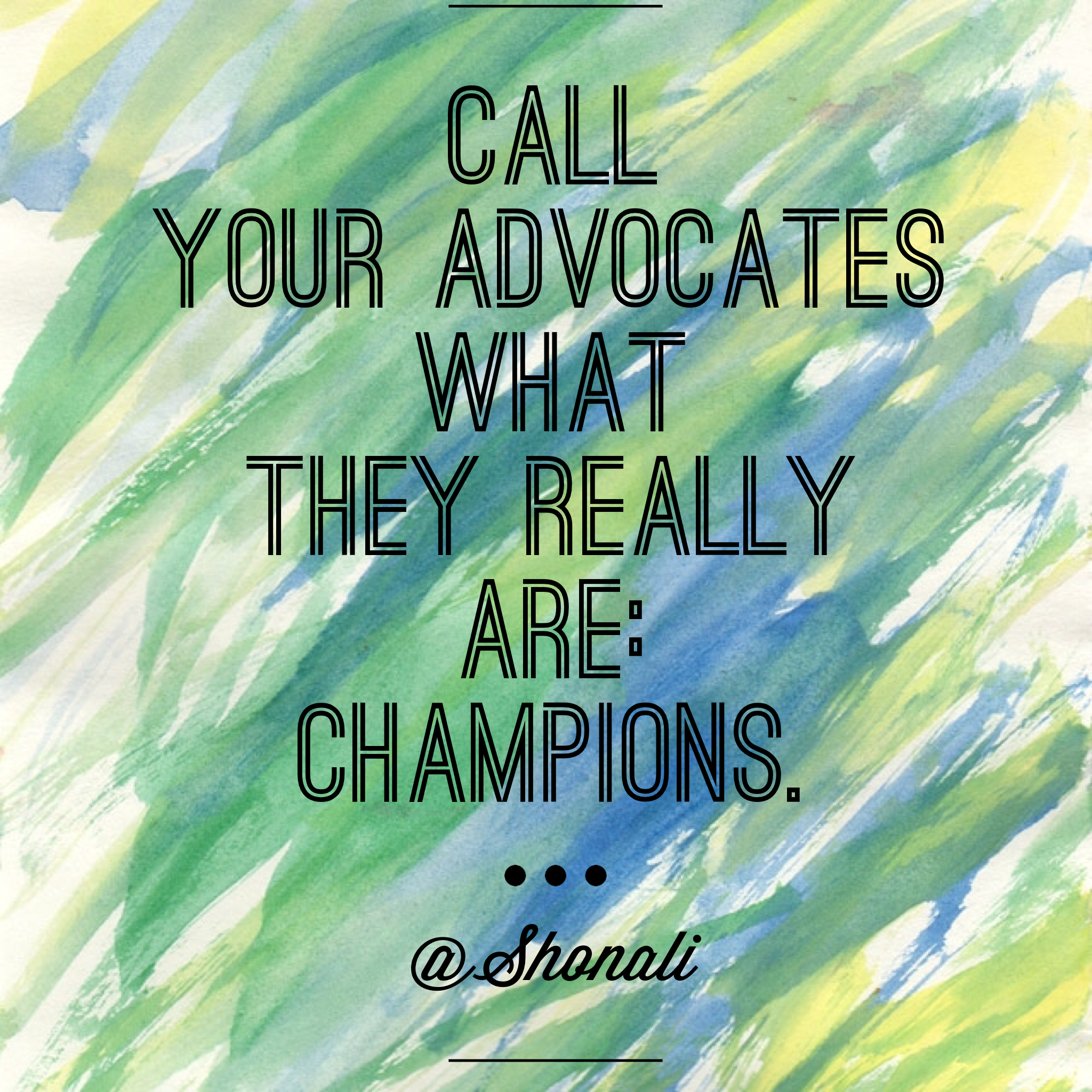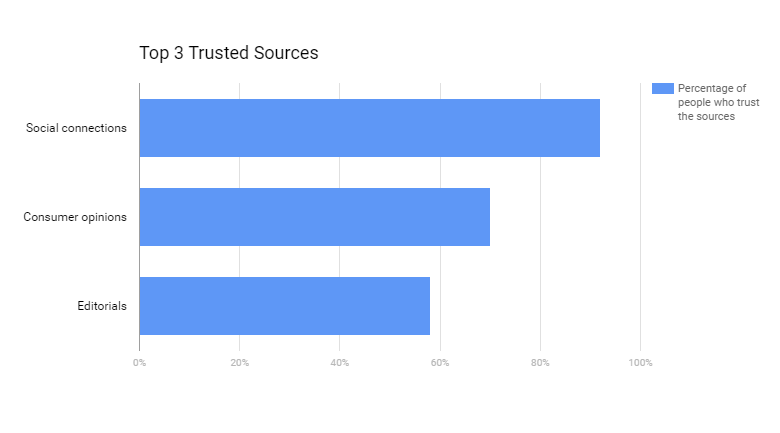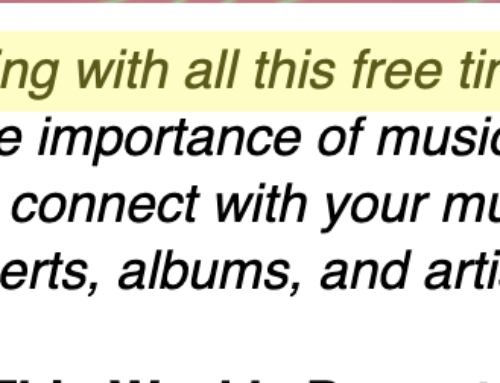Guest Post by Jessica Davis
When doing my due diligence for this post, I came across a transcript of the #PRprochat that happened in July 2014. During that chat Shonali said something very interesting about PR goals:
A4: Ultimately, all business efforts tie back to a) increasing revenue, b) lowering costs, c) improving cust. satisfaction (cont) #PRprochat
”” Shonali Burke (@shonali) July 10, 2014
These are the business outcomes that an organization looks for, and PR is most effective when aligned with them. Employee advocacy can help you make that possible.
All that’s necessary to run an effective PR campaign via employee advocacy is strategic PR content, a comprehensive employee advocacy guide, and a reliable employee advocacy platform.
Most companies are blind to the massive PR resource that is their workforce.
On average, each employee connects with at least 300 people through social media (Facebook, LinkedIn, Twitter and other platforms included). The potential that their networks hold is immense.
You could be connected to exactly who you are trying to reach through your employees, whether they are customers, partners or potential employees.
You could connect your customer service team with customers, your sales team with prospects and bring your entire workforce closer to who they are serving via employee advocacy.
If social media is part of your PR plan, involving employees can earn you serious benefits.
What does “employee advocacy” mean anyway?
In today’s scenario, employee advocacy means enlisting the support of your workforce in pushing out strategic content to enable your business goals.
You could encourage employees to share anything from blog posts to event information and job vacancies. Major PR objectives like reputation management, relationship and task management can be streamlined by building out an employee network on social media.
How does it figure in PR?
Think of your employee network as one gigantic channel made of the connections that your employees have.
Distributing your PR content through that channel would be synonymous to taking one macro voice and turning it into (insert the number of your employees here) micro voices.
Now consider this exercise in the real-time social media scenario.
Compare the impact of something newsy/exciting said once (through your official brand accounts or a news agency) and something said a 100 or 1000 times (through your employees accounts).
Also, did you know that recommendations from social connections are the most trusted on the internet?
Source: Nielsen Global Trust in Advertising Survey
Why is it even more effective than traditional routes?
PR professionals have modified traditional methods to adapt to the digital playing field.
Why? The key is measurement. One of the biggest selling points of digital/social marketing is that it can be measured.
You can track customers right from your advertising efforts to where they make the purchase. With the right checkpoints in place, you can even see exactly where you lost them.
This completeness of tracking allows for aligning PR goals to business goals.
If you consider PR’s classic measurement elements – outputs, outtakes and outcomes, two of three of these can be controlled and enhanced with social employee advocacy.
The content you push to your employees (outputs) is in your control. If you are concerned about the risk of reputation management, you can create and enforce guidelines to control your employees’ activity.
Outcomes as we discussed, are clearly measurable.
How do you leverage employee channels for PR?
1. First, carefully plan your content.
Whatever you choose to share will get majorly amplified on social, that is a certainty with all of your employees participating. So it pays to be confident about what you are sharing.
Here are a few tips to nail your PR content strategy:
- Review your last few campaigns, identify which angles worked
- Analyze the responses you received (positive, negative, neutral and all)
- Compare your results against competitors’, and adapt what worked for them
- List possible publicity opportunities that may come up through the year (an expected product launch or an event that you can be a part of in an interesting way)
- Document your plan
2. Choose a good employee advocacy platform, and invite employees on board.
You may want to run a pilot with a few employees before implementing the program company wide. Test content types and the process to streamline your program.
It is important to have an effective communication system in place. Platforms like Circulate.it offer customizable emails where you can specify urgency to your employees.
Others, like DrumUp Employee Advocacy Platform, offer “priority posts” to help convey urgency or set the duration of a specific campaign (disclosure: DrumUp is a sister company of Godot Media, the company I represent).
3. Introduce motivation to drive employee shares – an exciting prize could do the trick.
Plan monthly ceremonies to recognize your hardest working advocates. Make them feel appreciated.

4. Introduce a training program to enable employees to really benefit your business.
Tell them what works, what doesn’t and how exactly they can build authority on social – for your company and themselves. There’s no saying what empowered people can accomplish.
5. Track your progress with metrics on the employee advocacy platform you choose, or other listening tools to measure your success.
Align your metrics to business goals so you can assess the effectiveness of your program.
Not only does employee advocacy increase your reach, but it also puts your employees in direct contact with your target audience.
With smart PR messages and empowered employee advocates, there is little that you can’t accomplish.
However, make sure you don’t treat your employees like billboards; consider them your partners or champions instead. They truly hold immense potential.
 Jessica Davis has a keen interest in social media and content marketing, and writes extensively about it. She represents Godot Media, a leading content marketing firm that also offers blog writing services.
Jessica Davis has a keen interest in social media and content marketing, and writes extensively about it. She represents Godot Media, a leading content marketing firm that also offers blog writing services.










[…] Many companies’ initial response to employees using social media was creating a firewall that blocked all social sites from office PCs. But employees are some of an organization’s best advocates, so why not empower them to support your social strategy? […]
Excellent post! Thank you for sharing Jessica!